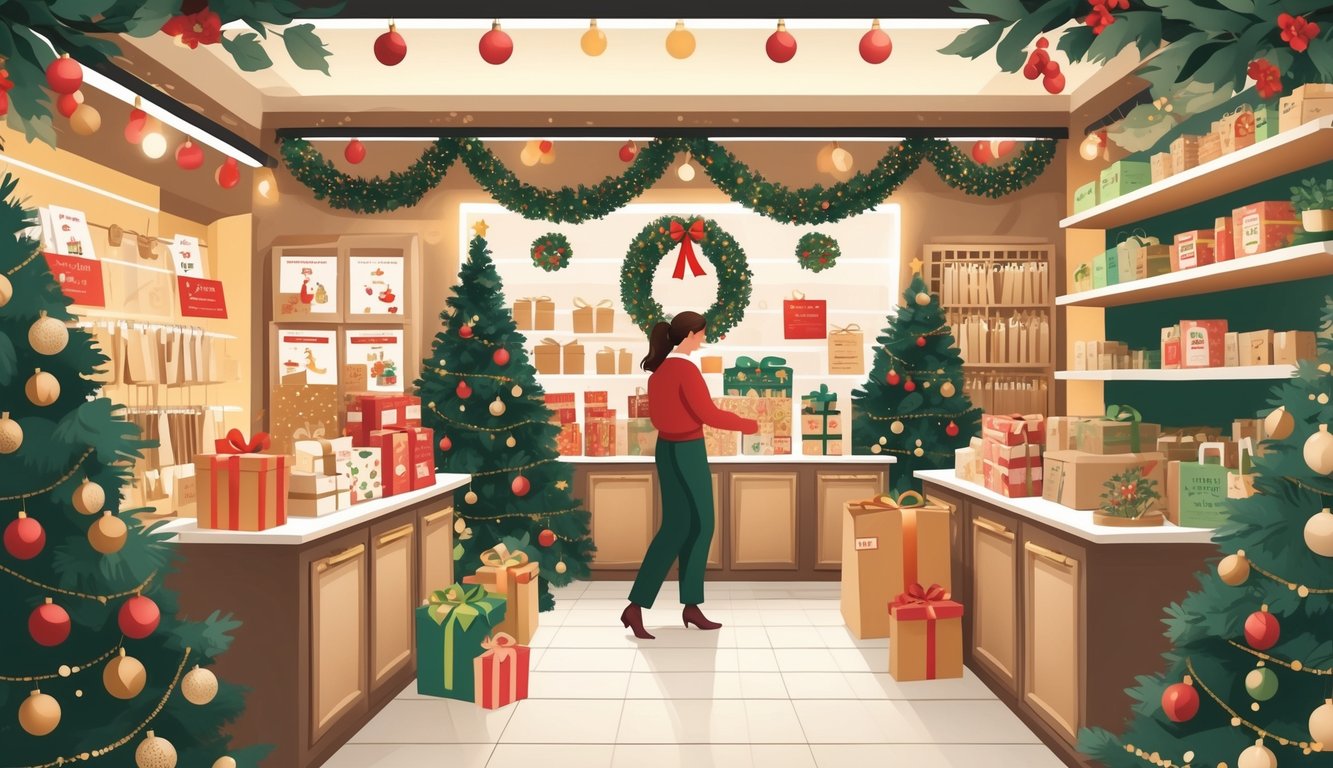
Creative Bundling Tactics Retailers Use
Honestly? Bundles used to be a joke, but now retailers are getting sneaky. It’s not just random stuff thrown together. There’s a weird science behind it, with discounts hiding under every fake pinecone.
Mix-and-Match Bundles for Maximum Value
It looks chaotic—candles with tree toppers, ornaments with battery-powered wreaths, maybe a box of hooks tossed in. But it’s all planned. Psychologists (real ones, not just someone’s cousin) say people want choices, so mix-and-match bundles trick us into spending more. Squareup says basket value jumps 20% with this stuff. And honestly, I fall for it every year. $5 off if I add a pillow? Sure. Suddenly, I’m at the register with three things I didn’t need. Stores win, they clear out old stock, and I get to pretend I’m saving money. I even tried this at my shop with accent lights—sold out in ten days, made $900 extra, and ran out of tissue paper. These combos are totally engineered for profit.
Exclusive Sets Only Found In-Store
Sick of seeing the same mug sets online? Me too. In-store, it’s a whole different game. The “exclusive” bundles always sit at the end of the aisle, right where your feet hurt. None of it is online. Retailers want you to walk in for ribbon and leave with $40 in “exclusive” table settings.
Last November, this post claimed half of shoppers bought bundles because they thought they were unique to that store. Fun fact: a seasonal merch clerk told me every bundle includes at least one slow-selling item. So, if you see a glittery centerpiece in a box with napkin rings, that centerpiece is probably gathering dust by Valentine’s. In a bundle, though? Now it’s “limited-time value.” Don’t get fooled by the display. It’s all about moving old stock and upselling. Would I still buy those $19.99 snowflake chargers? Maybe, if there’s a bonus copper garland thrown in.
Seasonal Transition Decor: Use It Year-Round
Swapping out every single decoration every couple of months? Exhausting. Expensive. Plus, those tubs take up more space than my actual closet. Retailers mix fall leaves with Christmas balls for a reason, and it’s not just “holiday spirit.”
Incorporating Everyday Items Creatively
Mid-December, I’m staring at a boring gray throw blanket, realizing the pros aren’t obsessed with gingerbread men. They’re just blending basics. No one’s packing up everything on January 2nd. I started throwing wooden bowls—never used for salad, by the way—next to metallic pumpkins. Somehow, it looked intentional.
Ever notice those store windows with string lights flung over a houseplant? Not genius, just lazy, but it works. Pinecones sit through January, then get a ribbon and suddenly it’s Valentine’s. Balsam Hill says swapping accent pieces, not whole displays, is the move. Even my stubborn aunt listens when a big name says it.
Multi-Season Decorating Investments
So I’ve got, like, four bins of “holiday” junk in my garage—don’t judge, everyone does it, and retail people hate it more than we do. But here’s the thing: why not just buy stuff that doesn’t scream “December 23rd” or whatever? I mean, glass hurricane vases, those weirdly heavy matte gold candle holders, forest-green pillows—half that stuff works in July if you squint. I keep a list on my phone, which is hilarious because I never remember to look at it before I’m back at Target, panic-buying “just one more” garland. Total waste.
Somewhere (maybe EverList Essentials?), I read that retailers buy for the long haul, then slap on “limited edition” stickers after swapping, like, one ribbon. I had a merchandiser friend who’d just ditch the bright red, tie on some twine, and call it “transitional.” Makes no sense, but I’m still hauling out the same three fake eucalyptus garlands year-round. They’re basically roommates at this point.
Preventing Impulse Buys with Retailer Tactics
The way my heart rate spikes when I see those SALE signs? Ridiculous. I know exactly what’s happening—retailers are setting little impulse-buy traps everywhere, and I walk right into them. If I actually plan ahead, or just, like, notice the tricks, I don’t end up with a cart full of random mugs and regret.
Understanding Retail Displays
You step in the store, and bam—center aisle’s got glittery reindeer mugs, snack bowls, candles that only exist for December. No one talks about it, but those “power displays” are straight-up bait. I had this friend in visual merchandising—she swore you should never shop the first table at the door unless you want to buy the first thing you see. Makes sense. Retailers know if they shove peppermint soap at you, most of us will buy it without thinking. Retail Doc says 60% of us just toss it in the cart. Wild.
Endcaps, baskets by the register—it’s chaos. I literally started holding my keys and coffee just so I couldn’t physically pick up more junk. Retailers hand you a cart on purpose. It’s almost evil.
Planning Purchases to Avoid Overspending
Writing down a list before I go in? Feels like I’m gearing up for battle with my own brain. If I walk in knowing what I need—and I mean, with cash or a physical list, like CouponChief says—suddenly all those decorative gnomes look less cute. Why isn’t “planned purchase immunity” a thing? Should be.
Every time I buy some “limited edition” snowman plush and forget it exists two weeks later, I swear I’ll do better. Slowing down saves money, period. Retailers thrive on panic-buying. If I just wait, odds are that garland’s half off next week. Gift cards? Not glamorous, but at least I don’t overspend. Turns out, strict budgets beat “willpower” every time.



